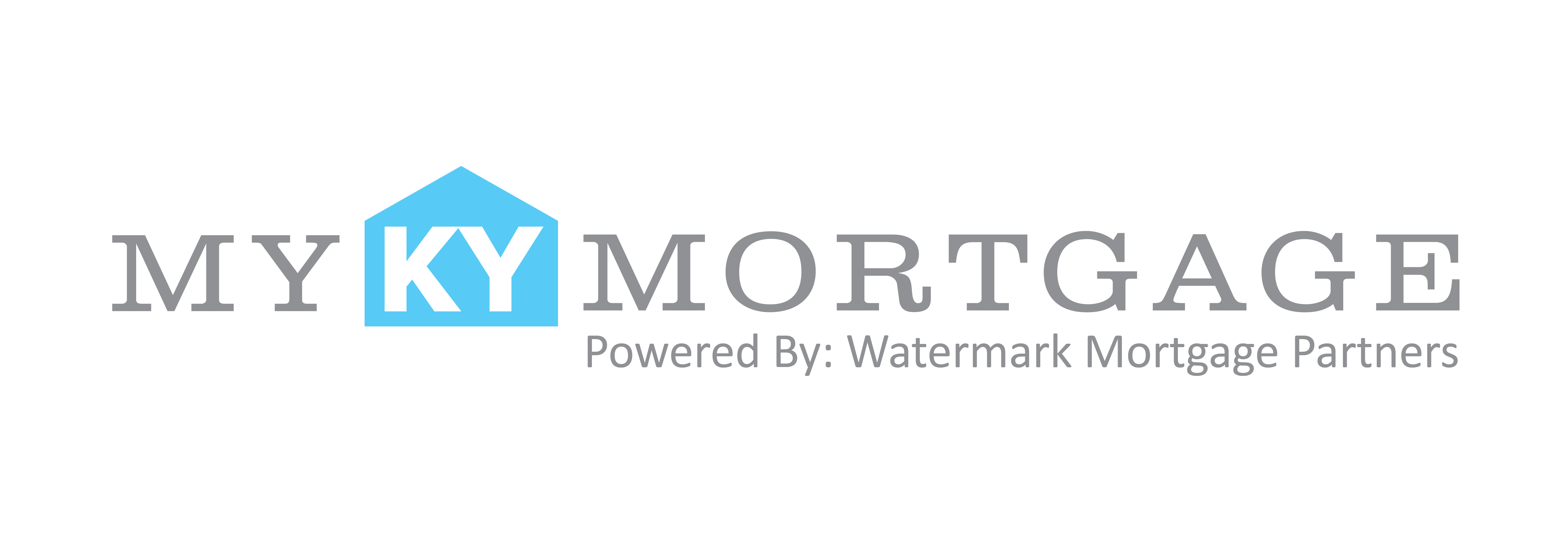You’ll need a mortgage unless you’re planning on buying a home with cash, and to get approved for a home loan you need to qualify for a mortgage, here are 3 things to know before applying for a mortgage. That requires some careful planning that begins with arming yourself with the right knowledge about the home loan application process. Here, realtor.com discusses three things you need to know before applying for a mortgage.
-
What is a good credit score?
This three-digit number is a key factor in whether you get approved for a mortgage. When you apply for a loan, lenders will check your score to assess whether you’re a low- or high-risk borrower. The higher your score, the better you look on paper—and the better your odds of landing a great loan. If you have a low credit score, however, you could have a difficult time getting a mortgage. The most widely used credit score is the FICO score. A perfect score is 850, while a score of 760 or higher is considered excellent and will help you qualify for the best interest rate and loan terms. A good credit score is 700 to 759, and a fair score is 650 to 699. If you have multiple blemishes on your credit history (including late credit card payments and unpaid medical bills, for example), your score could fall below 650 and you’ll likely get turned down for a conventional home loan. That means you’ll need to mend your credit to get approved. Be sure to obtain a copy of your credit report before you meet with a mortgage lender. You’re entitled to a free copy of your full report at AnnualCreditReport.com. Although the report does not include your score (for that, you’ll have to pay a small fee), just reviewing your report will give you an idea of how you’re doing by laying out any problems such as late or missing payments.
-
What down payment you need
In a recent NerdWallet study, 44 percent of respondents said they believe you need to put 20 percent (or more) down to buy a home. That means you’d have to put down $50,000 on a $250,000 house, which is a big chunk of change for many home buyers. The good news? That 20 percent figure is common, but it’s not set in stone. It’s the gold standard because when you put 20 percent down, you won’t have to pay private mortgage insurance, which can add several hundred dollars a month to your house payments. Another advantage of putting down 20 percent upfront is that that’s often the magic number you need to get a more favorable interest rate. If you’re unable to make a 20 percent down payment, however, many lenders will allow you to put down less cash. And there are a number of loan products that you might qualify for that require less money down: FHA loans require as little as 3.5 percent down; the U.S. Department of Veterans Affairs loan program gives active or retired military personnel the opportunity to purchase a home with a $0 down payment and no mortgage insurance premium.; and the same goes for USDA loans (federally backed by the U.S. Department of Agriculture Rural Development). You also might consider qualifying for down-payment assistance. There are more than 2,000 programs across the country that offer financial assistance, kicking in an average of $17,766, according to one study. But there are some cases where you’ll have to put more than 20 percent down to qualify for a mortgage. A jumbo loan, for example, is a mortgage that’s above the limits for government-sponsored loans. In most parts of the country, that means loans of more than $417,000, and in areas where the cost of living is extremely high, the threshold jumps to $625,000. Since larger loans require the lender to take on more risk, jumbo loans typically require home buyers to make a bigger down payment—up to 30 percent for some lenders.
-
What is your DTI ratio?
You need a solid debt-to-income ratio to get approved for a mortgage. This DTI figure compares your outstanding debts (on student loans, credit cards, car loans and more) with your income. For example, if you make $6,000 a month but pay $500 to debts, you’d divide $500 by $6,000 to get a DTI ratio of 0.083, or 8.3 percent. However, that’s your DTI ratio without a monthly mortgage payment. If you factor in a monthly mortgage payment of, say, $1,000 per month, your DTI ratio increases to 25 percent. Lenders prefer this number to be low, because evidence from studies of mortgage loans shows that borrowers with a higher DTI ratio are more likely to run into trouble making monthly payments, according to the Consumer Financial Protection Bureau. For a conventional loan, most mortgage lenders require a borrower’s DTI to be no more than 36 percent (although some lenders will accept up to 43 percent). The good news? There are ways you can lower your DTI if you’re above the 36 percent ceiling. The easiest method is applying for a smaller mortgage, which means you’ll have to lower your price range. But you can lower your DTI by paying off a large chunk of your debts in a lump sum if you’re not willing to budge on price.



